“Baking with gums?” you say. “Why bake with GUM!??”
Good questions. I’m glad you asked.
You may have heard of these odd “gum” ingredients and wonder about them: is xanthan gum necessary in gluten free baking? And what is xanthan gum made of? Is xanthan gum safe and are there substitutes for xanthan gum in gluten free baking? What is guar gum? Can it be used instead of xanthan gum?
Another similar ingredient is psyllium husk. People ask me all the time what does psyllium husk do in gluten free baking?! {Especially if you’ve seen it listed in products like Metamucil, you may be surprised to see it in a gluten free recipe!}
If you’re wondering the same thing, you’ve come to the right place!

Gluten Free Baking with Gums
We gluten free bakers have to know all about these mysterious “gums” because they help to do the job of gluten in our gluten free recipes. I know it sounds peculiar, but it’s really just a lesson in baking chemistry.
No individual gluten-free flour can replace wheat flour on its own, so we bakers blend several together to mimic wheat’s qualities. One of the trickiest wheat flour attributes to replicate is its stickiness: its gluten holds food together, and without something to replace it, most gluten free recipes wind up a crumbly mess.
That’s where xanthan gum and guar gum and other ingredients like psyllium husk come in.
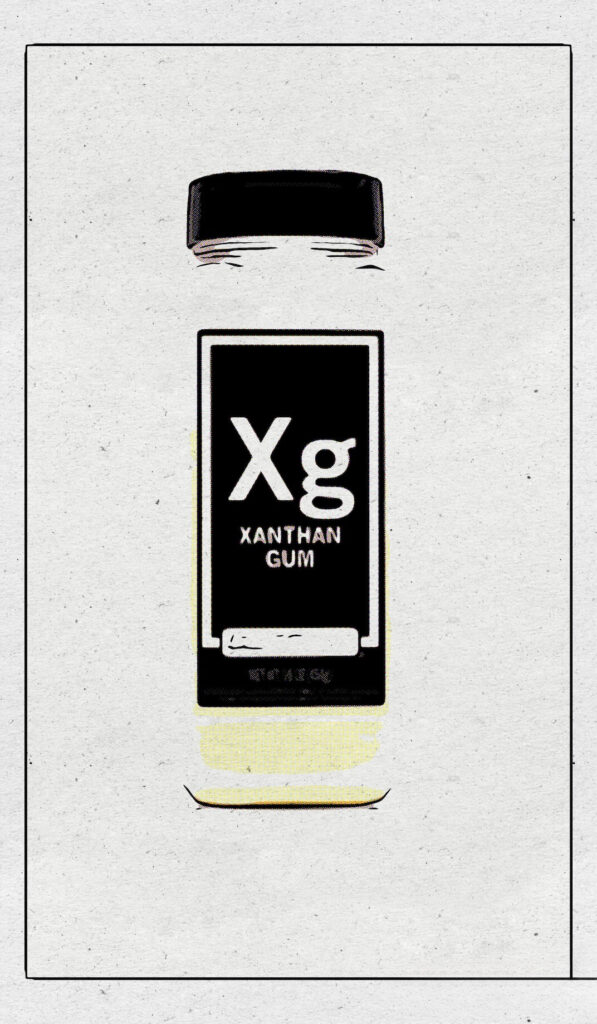
Xanthan Gum (zan-than)
Xanthan gum is a safe and widely used food additive is most often used to stand in for the glue-like qualities of gluten. You might have also noticed xanthan gum on ingredient labels of other foods like ice cream, salad dressing, gravies and even toothpaste.
Xanthan gum is a natural soluble fiber carbohydrate that is produced by fermenting a microorganism (Xanthomonas campestris, in case you need to know) with sugar, derived from corn, soy, dairy or wheat (after processing, no residue or proteins from the original food remains in xanthan gum, however those with severe allergies should determine the growing medium and make their own choice).

Xanthan gum is valued because it helps to keep oil and water mixed (hence its benefit in dressings) and also provides binding structure to hold carbon dioxide bubbles inside the food as it is cooking, keeping products like gluten-free bread from falling when removed from the oven.
It’s considered totally food safe and in face is considered to be a prebiotic soluble fiber that feeds the beneficial bacteria in your gut. In higher quantities, it can increase the levels of fluid in the intestine and stimulate the movement of food in the gut, promoting softer, bulkier stools; it may even may slow the absorption of sugar from the digestive tract enough to improve satiety.
Xanthan gum is pricey – luckily, we only need a pinch in gluten-free recipes (see chart below). Typically, xanthan gum makes up only 0.05-0.35% of a dry mixture.
Note: I’ve already added just the right amount of xanthan gum to my award-winning gfJules Flour and baking mixes, making it super easy for you!
Do NOT add any additional gums or psyllium husk to any of my recipes or mixes unless specifically noted in my recipes. The specific blends of specialty gluten free flours I use actually allow me to use very little gums at all in my products, comparatively, so if you add more, it may lead to gummy results.
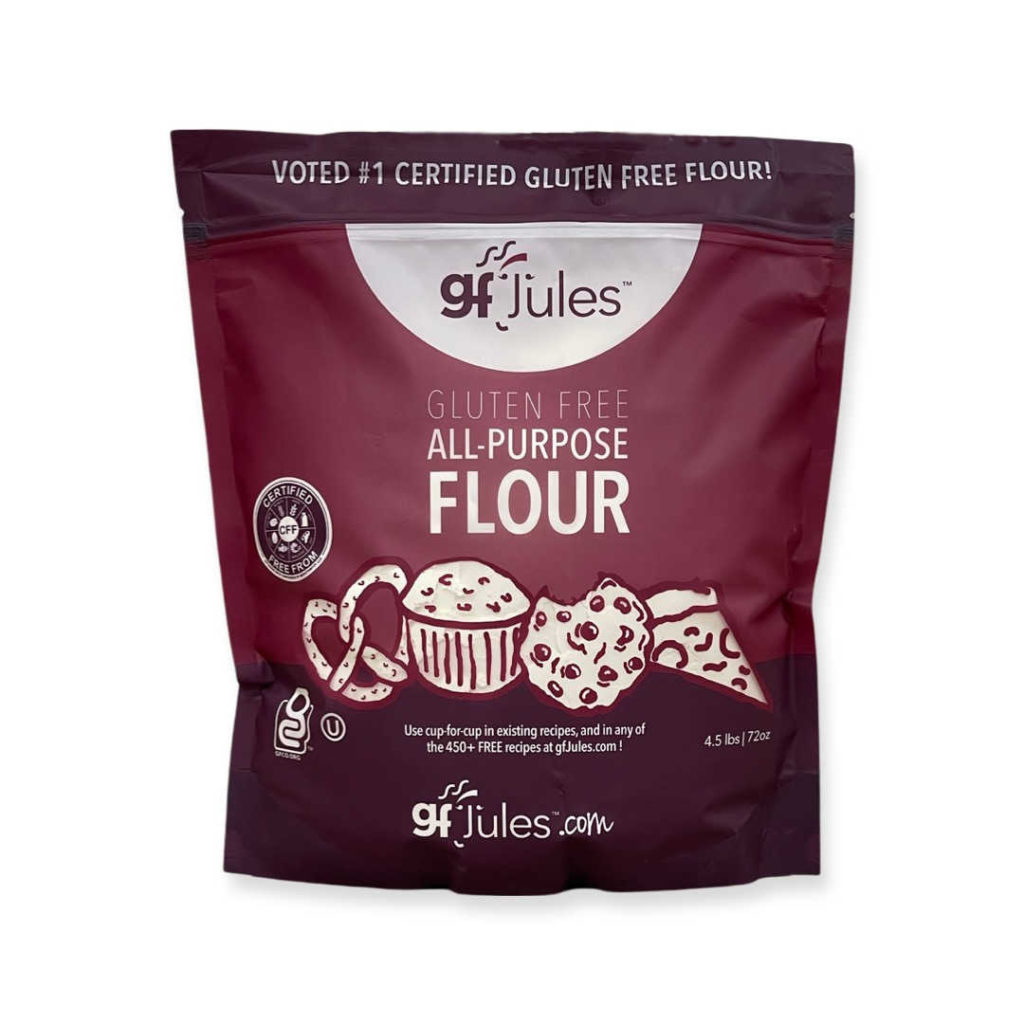
Guar Gum
Another option is Guar Gum – a powder derived from the seeds of legumes (guar beans) that can add a gumminess to gluten-free baked goods if used out of proportion.
It also has laxative properties, and some find that they are sensitive to it, or even feel especially full from eating products containing guar gum. I find that guar works best in cake recipes, but see the chart below for recommended amounts.
If your all purpose gluten-free flour does not already contain a gum, use this chart as a guide to how much to add in a given type of recipe. If your all purpose gluten-free flour already contains gums, then they have been added in the appropriate general purpose amount — do NOT add more gum – more is not better here! Adding too much gum to your recipe can make it gummy (go figure!).
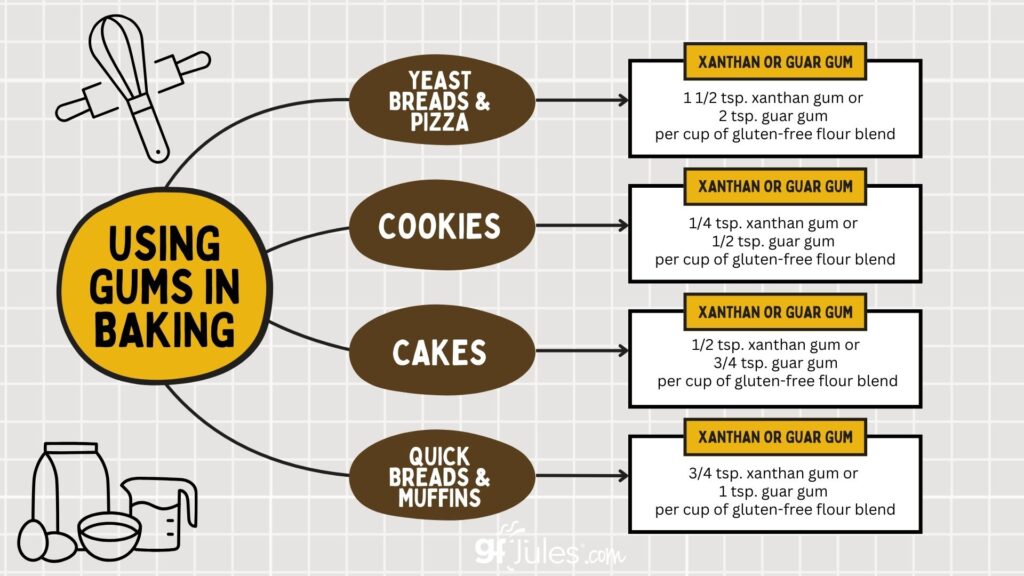
Psyllium Husk Powder
Psyllium is a natural fiber derived from a shrub called Plantago ovato. Thus outer casings (or husk) of the seeds are ground into powder which, when added to liquids, becomes gelatinous and helps baked goods retain moisture.
Its ordinary use is as a colon cleanser, but when used in small amounts (2-4 tablespoons), it can offer binding properties in gluten free baking without the tummy upset. These binding properties may work to replace the gluten in gluten free recipes — particularly breads — and can also replace eggs in vegan baking.
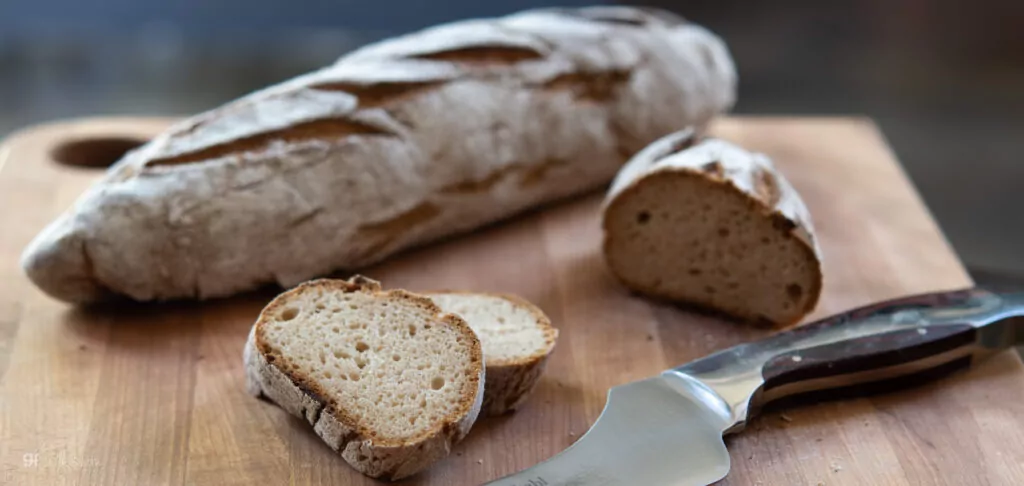
Purchase psyllium in whole husk or powder, but the two are not equivalent; do add powder if a recipe calls for powder, not husk. If a recipe calls for xanthan gum, you may substitute up to 2 tablespoons of psyllium powder for every 1 teaspoon of xanthan gum, depending on the type of recipe.
Psyllium husk powder tends to work best in yeast applications like breads and pizza, as well as in homemade pasta recipes. For more information on using psyllium husk or powder in yeast breads, consult this article from my friend Annalise Roberts.
Gelatin
You’ve probably made Jell-O before, or used Knox unflavored gelatin. Gelatin has amazing binding properties and can make a good replacement for gluten in certain applications. Use the amount called for in any given baking recipe, and add in with the dry ingredients, but don’t use Jell-O for baking. Use one which specifies it’s made for baking like this one linked here.
It is NOT vegan or vegetarian, as gelatin is made from animal bones, hooves and connective tissue. There are some products which are called gelatin and are labeled “vegetarian” or “kosher.” See “pectin,” below.
Pectin
A vegetarian substitute for gelatin is Pectin. Unlike traditional gelatin, pectin is derived from the peels of apples, plums, cranberries and other citrus.
Like gelatin, it can tenderize breads and add stability to baked goods, as well. Add pectin powder with dry ingredients in baking recipes.
Agar Agar
Another vegan alternative to gelatin, Agar Agar is a flavorless combination of dried algae that can be substituted in equal amounts where recipes call for gelatin. Agar agar is used to thicken, gel, stabilize and texturize baked goods, sauces, dressings and some beverages.
It comes in powders, flakes, sheets and bars (1 bar equals 4 Tablespoons of flakes or 2 Tablespoons of powder). Generally, 1 Tablespoon agar agar flakes OR 1 teaspoon agar agar powder will thicken 1 cup of liquid. For baking, add with dry ingredients; 1 teaspoon to 1-2 cups of dry ingredients.
Konjac Powder
Konjac powder is made from the konjac root grown in Asia. It has incredible thickening and water absorption properties in baking and must be added slowly to liquids or added in together with the dry ingredients in a recipe. It is also known as Glucomannan powder.
Other options to consider for binding: Mung Bean Flour, Pre-Gelled Potato Flour, new Flaxseed Meal or Chia Seed (ground); Modified Tapioca Starch.
Do you still have questions about baking with gums? Is there a gum or a blend with gums you prefer? Leave your comment below!
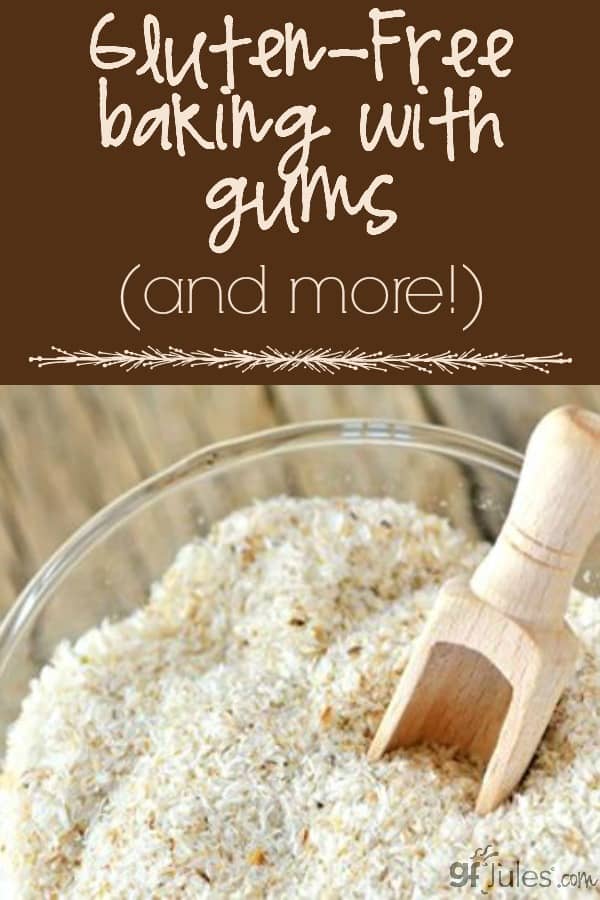



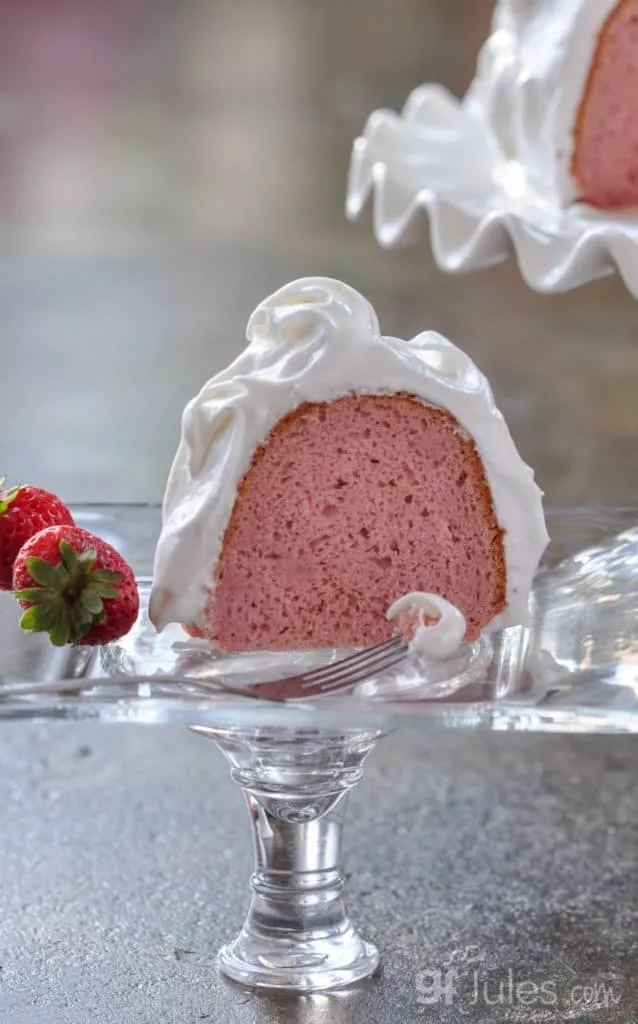


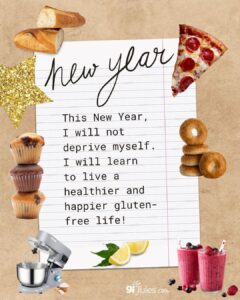
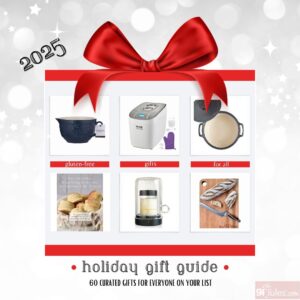















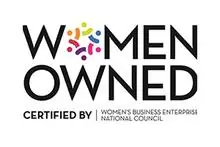
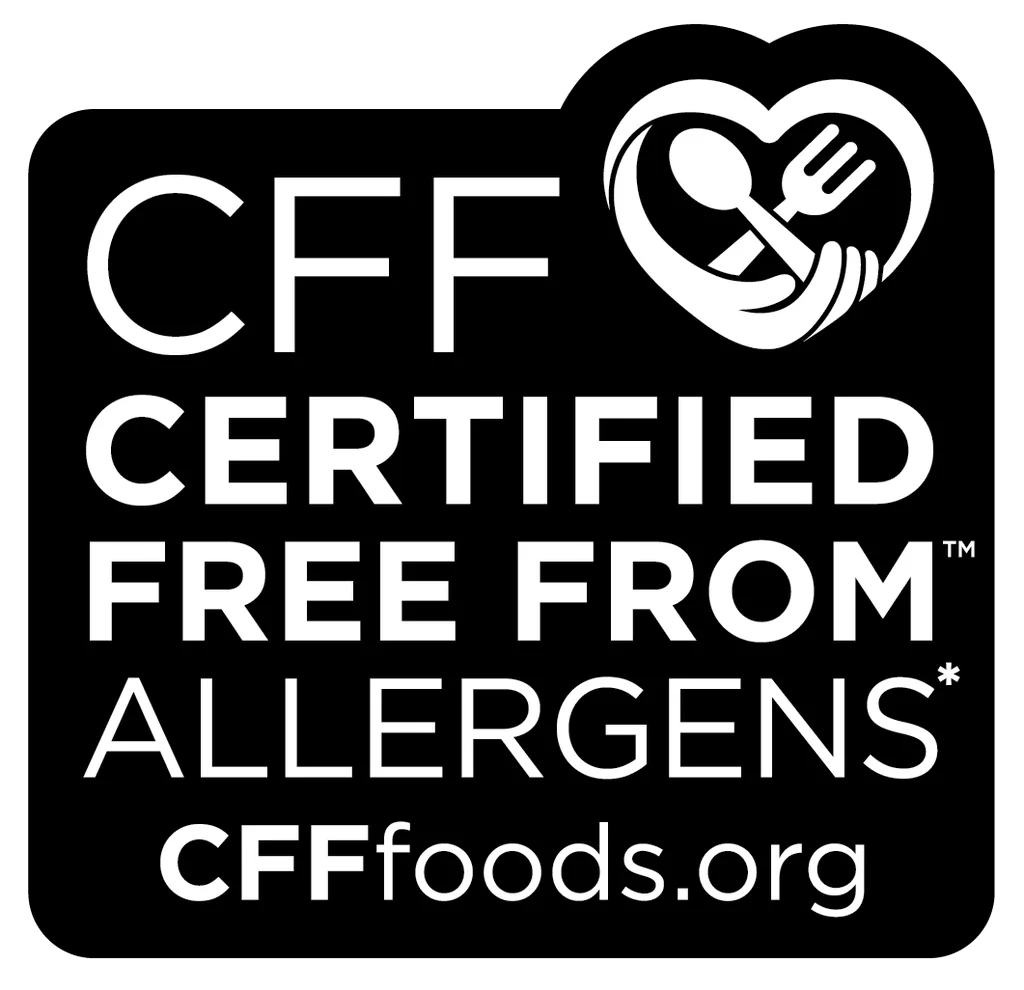
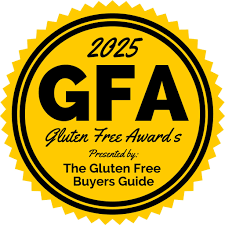
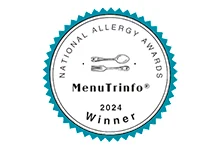
I Jules, I would like to know, if I make your flour mix recipe, you are saying 3tsp. of guar gum for 4 c. of flour but before was 4 tsp. of guar gum for 4c of flour should I remove 1 tsp of gum? or leave it like it was before. Also love your site and recipes, I’m gonna try this week your bread and pastry they look soo good and yummy, compare to what I have try so far with deception. Thank you for all the work you are doing for all of us it is a lot, but also very appreciated. I will come back to you to let you know about the bread.
Hi Danielle, have you tried my ready-made gfJules Flour yet? It takes all the guesswork out of finding a great gluten free blend for every recipe and there’s no measuring or adding gums needed. It’s also made with premium ingredients that aren’t available on store shelves, so you get reliable, delicious results every time! We now sell through Amazon.ca so you can get it in Canada without having to pay international shipping.
If you really want to make your own blend, follow the guidelines for adding gums depending on the kind of recipe you’re making (pizza versus cookies, etc).
Happy baking!
~jules
Thanks for pertinent info all in 1 place.
I am wondering what exactly in your flour mix as I am allergic to soy, almond, flax seed, and any legume flour, such as pea. Makes it hard for me to not only find gluten-free foods, but ones that don’t have the other junk in them, too. The gum, pectian, ang gelatin additives make sense, and are okay. Smart cookie for figuring this tidbit out! Appreciate your help, as I am not out to steal your flour recipe, but just stay healthy eating it. At 75, I’m happy letting others make the mix, as I’ve made my own for years, and yours sounds tops. Thanks for understanding. Linda
Hi Linda, I completely understand! Here’s the link to my gfJules Flour with all the ingredients listed. There is no soy, almond, flax or legumes in my gfJules Flour so you’re good to go!
~jules
So so helpful. Thanks. Does anyone know how much agar agar powder would equal one tsp xanthan gum for cake recipe?
Thank you.
Very thankful for people like you, who make living the GF lifestyle more manageable!
Thanks for the quantities to use for different situations. It really is amazing at how big a difference adding the gums makes.
In some cases, while a product we purchase may already have gums included, we find that the end result is not to our liking. By incorporating additional gum we get the desired result – so experiment!
I enjoy baking, but I feel like a chemist sometimes – using the gums, as well as other ingredients necessary to bake well.
shared on facebook, thanks for all the info I am loving this 10 day gluten free learning so many tips
Thanks for the explanation. I use your flour so never gave it a second thought. I also follow u on F/B.
Using my flour does kindof take the guess work out of it!
For those who also have MSG sensitivities, know that xanthum gum, guar gum, gelatin and pectin are hidden sources of MSG. I’m going to look into some of the others you mentioned, like the Flax based one. Maybe I can use that one! Thanks for the info!
Great info on gums! I have been looking into using pectin and gelatin in my baked goods.
Thanks for explaining the “gums”!
Shared on FB
Shared on FB day 2
Jules, this is great information. It will help in converting recipes.
shared it Day 2 on FB. Good Info
I shared on facebook
I had no idea there were other options out there besides Xanthan and Guar for gums in GF baking. Very helpful information, thanks
thank you so much for this info!!